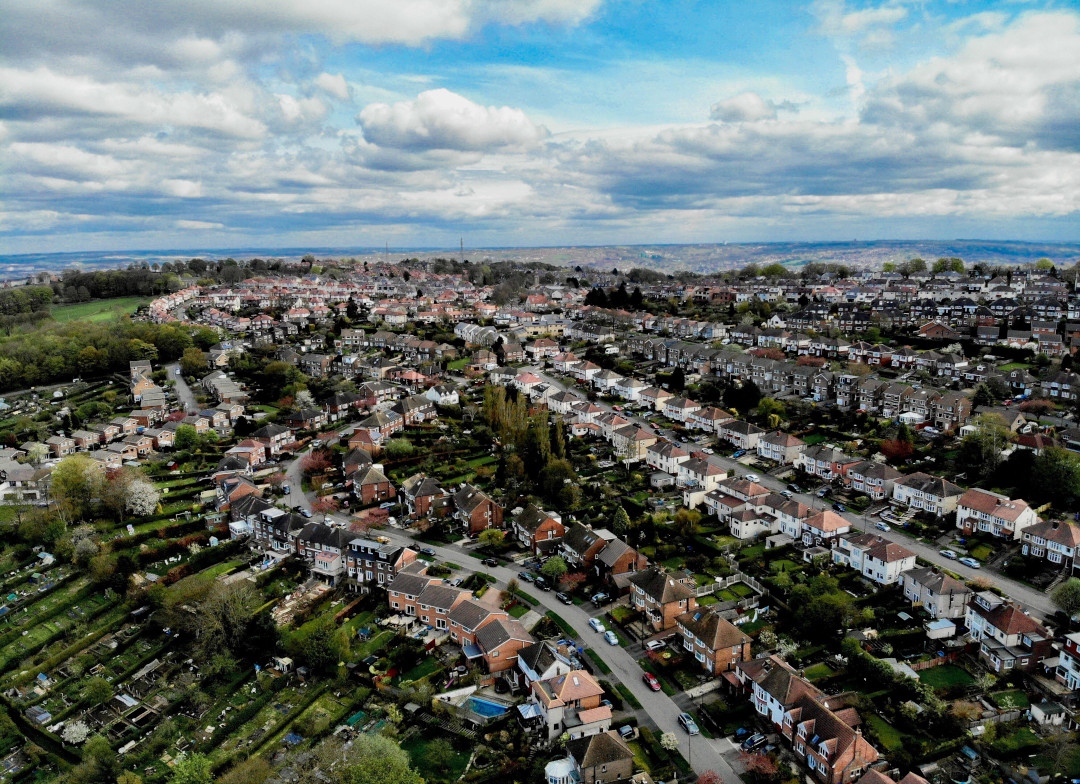
How PropertyData can help investors
Become a better-informed investor by using PropertyData to help make your property investment decisions.
Our data and analytics tools help you to research the market, source opportunities faster, and make sure you're making the right purchase.





